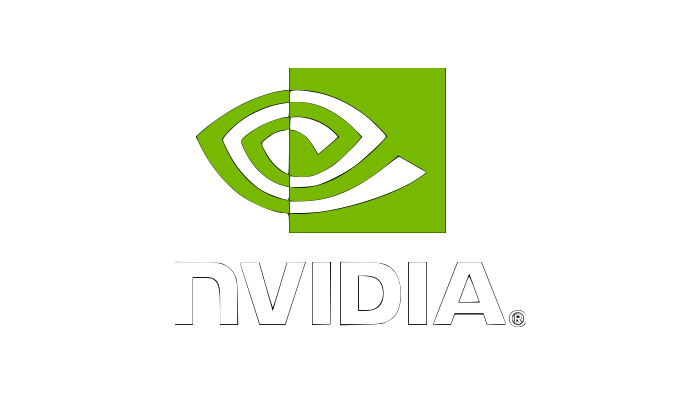Newton Visualizer#
Newton includes its own built-in visualizer to enable a fast and lightweight way to view the results of simulation.
Many additional features are planned for this system for the future, including the ability to view the results of
training remotely through a web browser. To enable use of the Newton Visualizer use the --newton_visualizer command line option.
The Newton Visualizer is not capable of or intended to provide camera sensor data for robots being trained. It is solely intended as a development debugging and visualization tool.
It also currently only supports visualization of collision shapes, not visual shapes.
Both the Omniverse RTX renderer and the Newton Visualizer can be run in parallel, or the Omniverse UI and RTX renderer
can be disabled using the --headless option.
Using one of our training examples above, training the Cartpole environment, we might choose to disable the Omniverse UI
and RTX renderer using the --headless option and enable the Newton Visualizer instead as follows:
./isaaclab.sh -p scripts/reinforcement_learning/rsl_rl/train.py --task Isaac-Cartpole-Direct-v0 --num_envs 4096 --headless --newton_visualizer
In general, we do not recommend using the Omniverse UI while training to ensure the fastest possible training times. The Newton Visualizer has less of a performance penalty while running, and we aim to bring that overhead even lower in the future.
If we would like to run the Omniverse UI and the Newton Visualizer at the same time, for example when running inference using a
lower number of environments, we can omit the --headless option while still adding the --newton_visualizer option, as follows:
./isaaclab.sh -p scripts/reinforcement_learning/rsl_rl/play.py --task Isaac-Cartpole-Direct-v0 --num_envs 128 --checkpoint logs/rsl_rl/cartpole_direct/2025-08-21_15-45-30/model_299.pt --newton_visualizer
These options are available across all the learning frameworks.
For more information about the Newton Visualizer, please refer to the Newton documentation.
IsaacLab provides additional customizations to the Newton visualizer with several learning-oriented features. These include the ability to pause rendering during training or pause the training process itself. Pausing rendering accelerates training by skipping rendering frames, which is particularly useful when we want to periodically check the trained policy without the performance overhead of continuous rendering. Pausing the training process is valuable for debugging purposes. Additionally, the visualizer’s update frequency can be adjusted using a slider in the visualizer window, making it easy to prioritize rendering quality against training performance and vice-versa.
All IsaacLab-specific customizations are organized under the IsaacLab Training Controls tab in the visualizer window.

